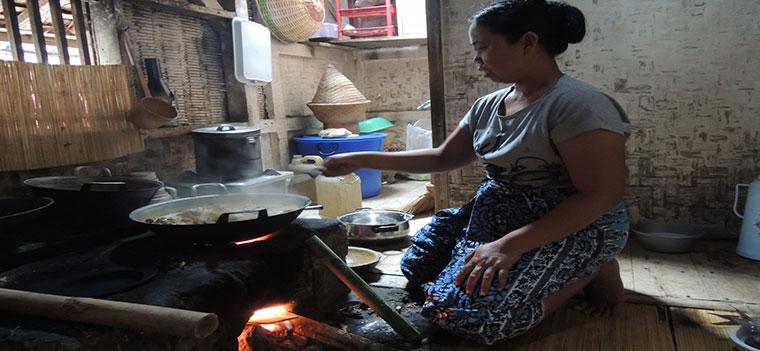News
- Despite significant strides in clean cooking solutions, about 40% of households in Indonesia still rely on traditional biomass fuels as one of their cooking options. Indoor air pollution from solid fuels is linked to 165,000 premature deaths each year in Indonesia.
- As a key partner of Indonesia’s Clean Stove Initiative, the World Bank is helping the government design a strategy to achieve universal access to clean cooking by 2030.
- ESMAP support is helping to design and pilot an innovative approach to develop a robust cookstoves market and increase household access to a range of clean stoves.
Indonesia has made great strides in getting its citizens to adopt clean cooking solutions. Thanks to the government’s highly successful Kerosene-to-Liquefied Petroleum Gas (LPG) Conversion Program (2007–12), over 50 million LPG stoves were distributed to households and small businesses across the country. Despite these efforts, more than 40% or about 25 million households primarily living in rural areas still rely heavily on traditional biomass fuels, such as firewood, to meet most of their cooking needs.
-
An innovative stove subsidy approach. In order for the government to provide market subsidies, cookstoves must meet pre-defined quality criteria. Incentives for suppliers are intended to motivate them to produce appropriately designed stoves, build enough stock to satisfy demand, and promote continued adoption and distribution of stoves.
-
Innovative stove testing. Information from social and gender research was combined with technical data on stoves to develop stove testing methodology. The combination of sociocultural and technical dimensions of clean cooking in the testing provides more representative results and leads to better decisions.
-
A market-based approach. While subsidies are provided to support the market, incentives (e.g., making funding available based on stove performance) are used to push the private sector to invest along the entire value chain and carry some of the risks related to the adoption of products.
